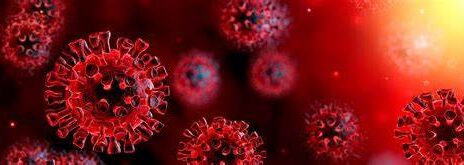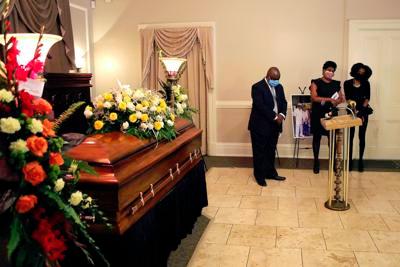The future use of drones in healthcare also is very thought provoking. How can the industry best use this technology to improve safety and care delivery? Well for starters, drones already have been trialed to deliver food aid and medical supplies to areas hit by disaster, such as Haiti, by a startup called Matternet.
Drone use for commercial purposes has gotten much press of late due to Amazon announcing it intends to use drones to deliver packages to customers. This is a very intriguing and transformational idea with many intended and unintended consequences.
However, rapid delivery of vaccines, medications and supplies right to the source could quash outbreaks of life-threatening communicable diseases. Communication equipment, mobile technology, portable shelter comprise the vast list of what could be delivered in a rapid fashion to areas where critical infrastructure damage would prevent ground or typical air transport.
Drones help provide more efficient healthcare to patients from a distance or while mobile
In the future, small indoor drones could deliver medicine to the bedside of a patient from the pharmacy, thus eliminating some human steps. This would lead to more rapid and less error prone administration of medications. Nurses and pharmacists can work more efficiently as supplies can be summoned to the bedside instead of the time consuming task of gathering necessary items.
Drones could deliver medications and supplies to patients being cared for in the home instead of a hospital-based setting. The future will see more outpatient care and even home-based care that used to be delivered in the hospital. For many conditions, drone technology may make it easier and safer to provide this home-based care. When a provider rounds on a home patient, blood can be drawn and immediately sent by drone to the lab to be tested. Medications, antibiotics and treatments ordered by the provider may be delivered to the home by drone.
This technology may allow more people in nursing homes to receive care at home for a longer period of time, which would increase the independence of the growing boomer population as they age. A drone could keep tabs on a patient living at home with dementia or deliver a meal to someone who cannot prepare his or her own meals. I can envision drone automated external defibrillators (AED) that would fly to the patient in a public space to provide rapid defibrillation for ventricular fibrillation. No longer would a person have obtain AEDs from a specific location that may be challenging to find in a rapid fashion. Simply summon the AED with the push of a button or smart phone app.
Healthcare organizations already are deploying mobile technology to solve some of the problems in the industry today. Mobile devices, wearable tech, remote monitoring, telemedicine and information sharing platforms all are transforming healthcare. Likely in the foreseeable future, drones, robots and artificial intelligence will assume many tasks in healthcare that are performed by humans, to reduce variability, cost and error.
Jeremy D. Tucker is chair of the emergency department and Physician Champion Patient Safety at MedStar St. Mary’s Hospital in Leonardtown, Md. He also serves as regional medical director for Medical Emergency Professionals.







